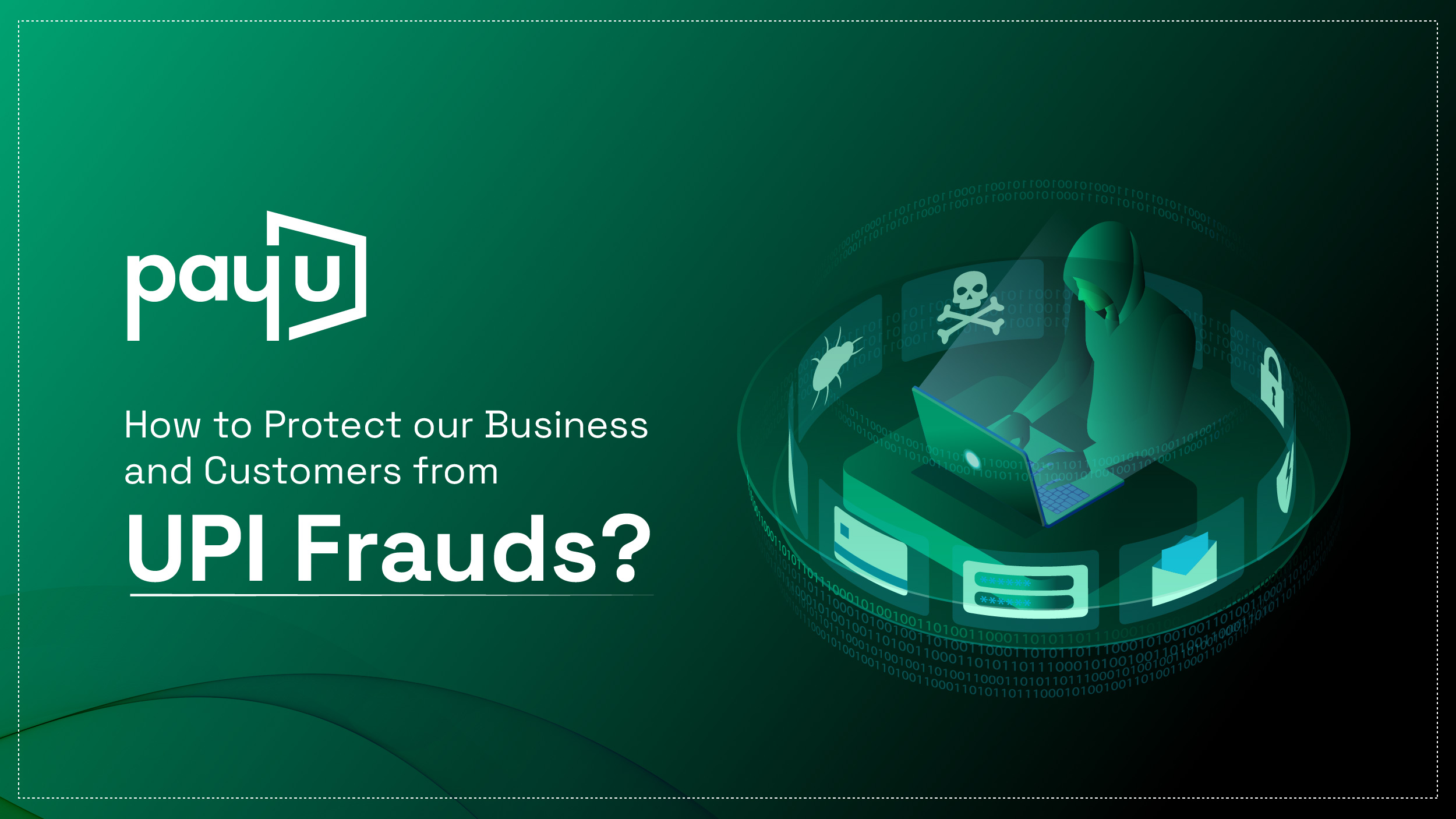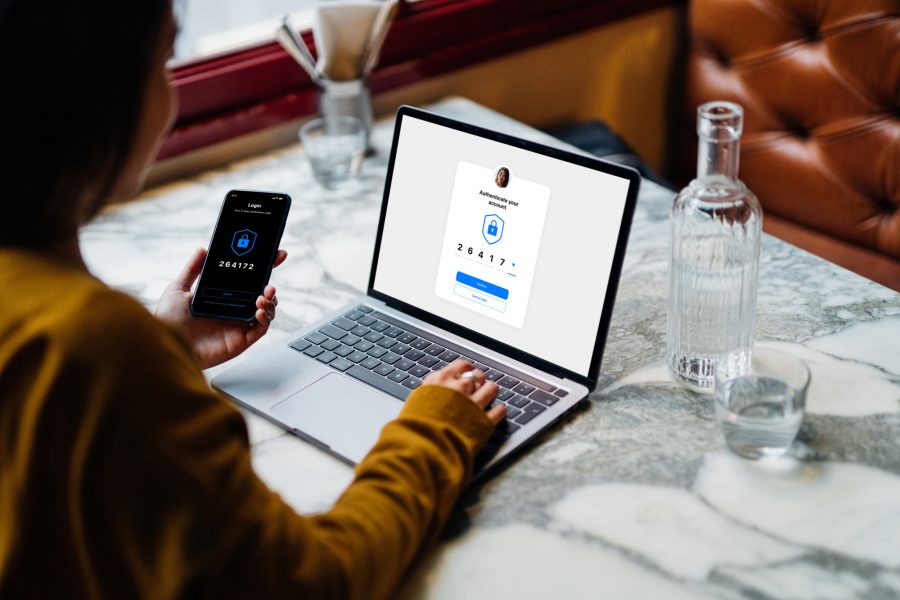
Protect Your Business from UPI Frauds: Tips & Tools
In India, digital payments have become the lifeblood of business. UPI has changed the face of transactions, but with the convenience also came a substantial spike in UPI fraud cases. Protecting your business and your customers has become imperative as an owner.
Let’s learn how to identify the types of UPI frauds, how scammers trick businesses, and how to protect yourself and your customers—step by step.
| Table of Contents What is UPI Fraud and Why Should Businesses Worry? Understanding the Common Types of UPI Frauds How to Protect Your Business from UPI Frauds Global Payments and UPI Encouraging Safe Practices Among Customers Monitoring Trends and Fraud Alerts Conclusion Frequently Asked Questions |
What is UPI Fraud and Why Should Businesses Worry?
UPI fraud happens when scammers exploit the Unified Payments Interface system to steal data or money. It’s not just individuals who are targeted—small businesses, retail outlets, and even e-commerce stores have become soft targets due to lack of awareness and security protocols.
Let’s say you run a small store. A customer pays using UPI and shows you a fake UPI transfer screenshot. You think the payment is complete, hand over the product—and end up losing money. This is just one common example of a spoof payment fraud.
Understanding the Common Types of UPI Frauds
Here are the types of UPI frauds every business should know:
Spoof Payment: Fraudsters show fake payment confirmation screens or edited SMSes to trick sellers.
Phishing Scams: Links or emails that lead to fake UPI login pages to capture your credentials.
Collect Request Scam: You get a request to receive money, but it’s actually asking you to pay.
Malware Apps: Fake apps (like screen-sharing tools) used to gain access to your phone.
SIM Cloning: Attackers duplicate your SIM to receive OTPs and take control of your UPI.
These are used in a way to deceive business owners and customers. In case of scammers, it looks like payments were made but nothing was credited.
How to Protect Your Business from UPI Frauds
Step 1: Verify All Details Before Delivering Goods or Services
1. Check twice if you have received the money on your UPI app or bank account.
2. Do not depend solely on screenshots, SMS alerts and emails.
Tip: Real-time balance updates from your UPI app or SMS from your bank are the most reliable indicators.
Step 2: Use UPI QR Codes from Trusted Providers Only
1. Avoid free QR codes generated from unverified apps or websites.
2. Ensure that the QR is linked directly to your business account.
Scammers often swap printed QR codes to redirect payments to their own account.
Step 3: Educate Your Staff Regularly
Your employees are required to be trained to recognize a spoof payment or fake UPI transfer. Educate them to:
1. Check for bank confirmation
2. Not to click on UPI links they do not recognize
3. Not disclose critical OTP and PIN numbers to others.
The latest UPI apps come with a host of security options that can help in UPI payment frauds prevention. The common features are:
1. Biometric lock
2. Two-factor authentication
3. Alerts for suspicious activity
Step 5: Report Fraud Immediately
If you suspect any fraud, do not delay under any circumstances. Timely action improves your chances if you’re figuring out how to get money back from UPI frauds. Take the following measures immediately:
1. Freeze your account if necessary.
2. Use your banking app or website to report fraud UPI transaction.
Register your complaint with the cybercrime portal: cybercrime.gov.in.
Global Payments and UPI
If your business handles global payments, you face a bigger risk. Scammers from across the world usually use social engineering by seeking refunds for fictitious UPI orders or pretending to be foreign clients.
To stay safe:
1. Your refund process should only proceed after confirming the genuine payment methods.
2. Secure payment portals should be used to process transactions from international customers.
3. Store documented evidence of every transaction that involves UPI payments between different countries.
Encouraging Safe Practices Among Customers
Your customers are vulnerable to UPI payment frauds as well. You can help build trust by displaying safety tips at checkout points or on your app/website. This in turn can help prevent both financial and reputational damage.
Simple reminders like:
1. “Don’t share your UPI PIN.”
2. “Always check the payee name.”
3. “Never approve unknown collect requests.
Monitoring Trends and Fraud Alerts
Keeping a watch on multiple aspects to identify early signs of fraud. Keep in touch with guidelines from RBI and NPCI. Sign up for fintech updates to be alerted to new formats of scams. Review your transaction history regularly and keep an eye out for:
1. Unusual payment patterns
2. Fake refund requests
3. Sudden QR code changes
Conclusion
UPI has transformed business transactions in India, but one must always stay one step ahead of perpetrators. Be careful, educate your crew, use licensed apps and know how to respond when a problem occurs. You have got these proactive measures to protect your business irrespective of local or global payments, along with customer trust.
FAQs
1. What should I do if I suspect a spoof payment at my store?
Immediately check your bank app to see if the amount was received. If not, decline the transaction and alert local authorities. Educate your staff to avoid accepting spoof payments under pressure.
2. How to report fraud UPI transactions as a business owner?
You can report fraud UPI transaction via your bank’s customer care, through your UPI app, or on cybercrime.gov.in. Quick action improves the chance of recovery and helps authorities block the scammer.
3. How to get money back from UPI frauds?
If reported within 3 days, banks usually offer a full refund. But timing is key. File a complaint, submit proof, and follow up. Knowing how to get money back from UPI frauds can save your business from financial loss.
4. Can you list the best UPI fraud prevention tips for small businesses?
Some key UPI fraud prevention practices include: verifying transactions through your bank app, avoiding public Wi-Fi for payments, using secure QR codes, and watching out for types of UPI frauds like fake screenshots or collect requests.

